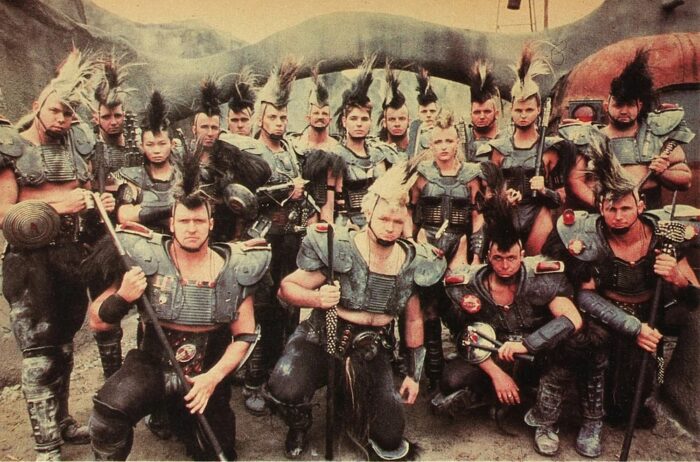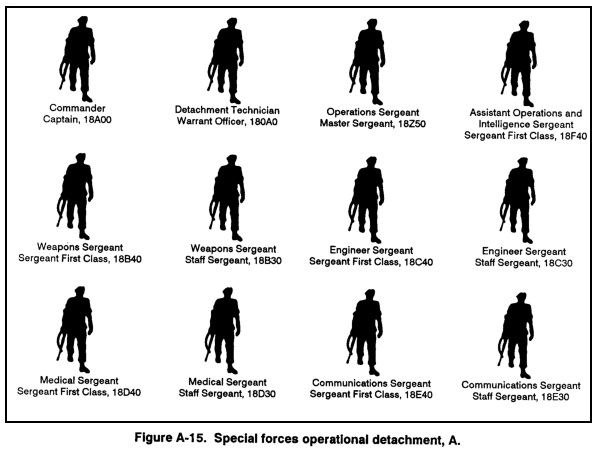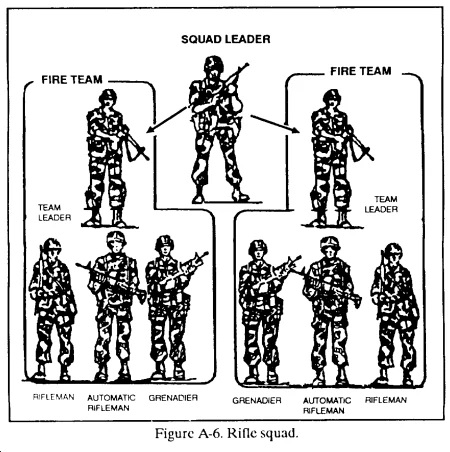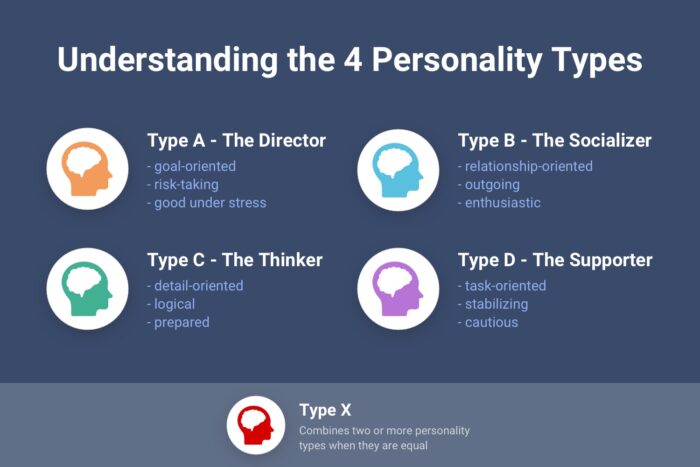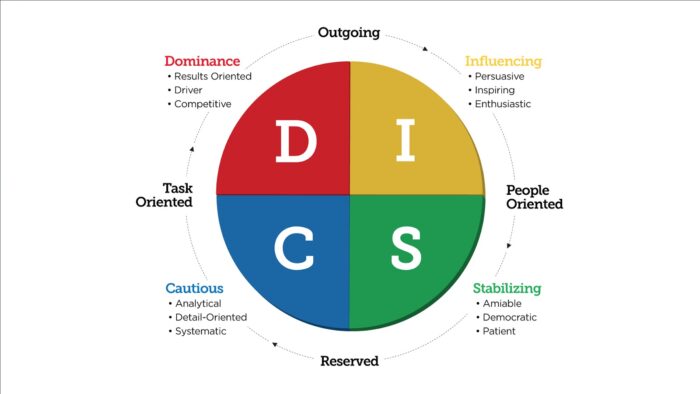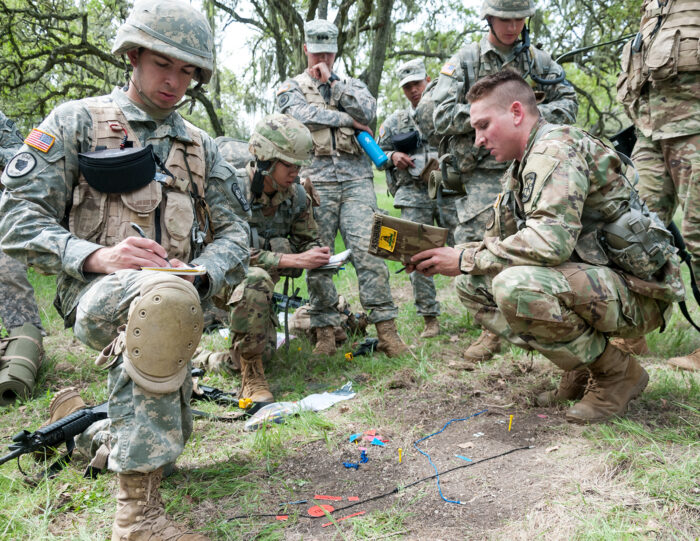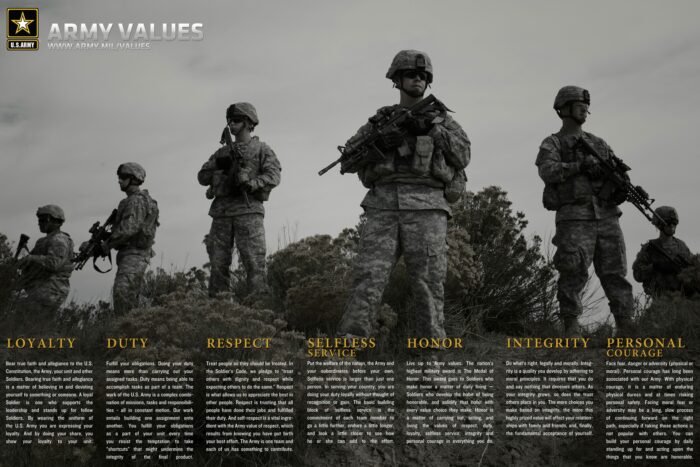Grogheads Zombie Apocalypse Survival Guide! Hail, Hail, The Gang’s All Here
I always hated the oft quoted (and misquoted) phrase; “No man is an island”. No man is a pizza, either. But I do get the sentiment. Essentially it means that being part of a team is better than being alone. And that is absolutely true when the thin veneer of society falls away. When things are bad, a team is essential to survival. Mad Max roaming the dystopian wasteland wouldn’t last long at all. Movies and TV often feature the sole figure surviving alone, but one guy out in the wild can’t stand guard while he sleeps, can’t flank an enemy and has no contingency plan for unexpected mayhem. There are loads of other things one person can’t do, not to mention it can get lonely as hell when the only other beings out there want to kill you and or eat you. Having a team is probably one of the factors that most greatly increases the odds of survival during very bad times. Your immediate family may be that team, but then again, it may not.
By: Jonathan Glazer
A team allows you to divide and share responsibilities. It allows you to utilize the strength of others and minimize your weaknesses. A team truly amounts to more than the sum of its parts. By relying on others and allowing them to rely on you, risks can be managed and excesses can be shared, not wasted. No matter how skilled you are in however many areas, you are going to have a shortfall in another area which can be made up for by a team member. And remember that you may not even know what your areas of weakness are. Blind spots are common and often can only be seen by those around you. Should you decide that playing nice in the sandbox isn’t your cup of tea and you don’t want to build a team, that is fine. But you may find yourself in need at a difficult time and may be forced into a team with common goals so it is a good idea to at least understand how to be a part of a group.
How does one choose a team? What criteria does one use? How big should the team be? All these are good questions. I am glad I asked them. Let’s start with team size. If ever something was subjective, this might be it. A team of two might be right for some activities and situations, but in general it is a bit small for survival activities. Conversely, a very large group becomes very difficult to manage, lead and feed. I remember reading “The Call of the Wild” where Jack London talks about the benefits of a very large dog team being outweighed by the fact that a sled cannot carry enough food for a large number of dogs. Too many mouths can be tough to stuff. For surviving the undead hordes, a team of between 5 to 10 might be just right. It is squad sized, for those of you with a military background. I think it is probably more important to pick the right people than to focus on the group size. But it is helpful to have a general idea of how many people you feel is right. Just don’t fixate on a number, fill the spots and then fail to consider a new prospect because you already have the magic amount of people.
It is now time to fill your team. New members should be recruited, prospected and onboarded. If this sounds like corporate recruiting, that is because there are definitely similarities. In a prior life, I was a corporate trainer as well as a manager of a decent sized department. I taught a couple different versions of personality styles classes for managers. Essentially, there are 4 main personality styles. Individuals typically have a primary style in which they score highly when tested and a secondary style in which they score a bit lower. Generally they will score lower in the other 2 styles. The class would consist of taking the test in order to learn what their style was. Then they would learn what the other styles were like and how to communicate with those styles. There is no one “best” personality style and each has strengths and limitations. Plus, a person who is strong in one style and weak in another can put effort into accentuating another style in order to better communicate and work with someone of that style, even if it is uncomfortable to do so. This can be done for short periods of time, but for longer stretches, it can be quite stressful. An analogy is your comfort level in different rooms of your house. Some people are most comfortable in their kitchens. Others lounge in the living room and some prefer spending their free time in the bedroom, perhaps watching television or even eating in bed. I knew a guy who truly preferred spending time in his large bathroom and he put a couch in there. So you may be most comfortable in a specific room in your house, but you are fine working a task in any of the other rooms. Your bedroom person can entertain guests in the living room and cook a meal in the kitchen. But after the visitors leave, back in the bedroom they go. Your primary personality type is where you prefer to spend your time, but you can talk to someone with another personality type and even be productive in a task that is heavy in those type of skills.
The personality types are described in different ways by the companies that offer the trademarked training materials. I will offer them in a generalized format that are easy to visualize and use. I will describe them as different types of birds. While this may seem odd, I hope it will put the types in better perspective. You would do well to decide what your primary style is and then classify the people in your life as well as others you meet along the way. Understanding your own style is of obvious importance, but understanding the style of someone else is equally important as it allows you to modify how you communicate with them to make the interaction less stressful and more meaningful for them.
Imagine two intersecting lines, one going up and down and the other from side to side. This creates a graph with four quadrants. The line going up and down is a continuum that is relationship orientation at the bottom and task orientation at the top. Everyone lies somewhere along that line in terms of whether you are more relationship oriented or task oriented. If you were drawing this on a page, you would make a mark where on that line you fell. The horizontal line runs from slower paced on the left to faster paced on the right. Again you would select where on that line you honestly felt you belonged. The intersection of both of these points puts you in one of the four quadrants and each of those quadrants is represented by a bird: Eagle, Owl, Dove and Peacock.
The first type is an eagle. This dominant style contains people who are more task oriented and faster paced. Eagles focus on facts rather than feelings. They are less concerned about people. They like bullet points rather than in depth details. They want the bottom line and don’t care about the journey to get there. They don’t like wasted time and they want results.
Next are those that are task oriented but slower paced. They are owls. The owl is into data, lots of it. They love spreadsheets and will dive deeply into them no matter how many pages they are. They make decisions slowly and only after getting the entire background. They don’t care about offending other people and are often unaware if they hurt others’ feelings. If given bullet points, they will not trust the data and prefer to analyze raw data themselves. Owls prefer not to be the center of attention and usually want to be left alone.
The dove is slower paced and high in relationship orientation. The dove wants to be hugged and loved. They remember every birthday in the team and will organize cake and candles as well as group happy hours. They hate confrontation and just want everyone to get along. They will insist on small talk at the start of every meeting and will be upset if you go straight to business without chewing the fat with them. They are truly interested in you and your family and want to know how everyone is doing.
Last is the peacock. This bird is more relationship oriented but faster in pace. The peacock wants to be recognized and thrives on attention. They will do what it takes to be the center of attention. They can’t be bothered with excessive detail. Anything beyond bullet points and executive summaries make their heads spin. They want to get to know everyone on the team but will go from person to person and some may feel they are superficial. They don’t like long term projects and prefer to make quick successes before moving on to the next one.
Each bird will get along better with another bird that shares at least one of the same traits (slow v. fast or task v. relationship) as them and will clash with the diametrically opposed type. Eagles have pace in common with peacocks so they can get along. Owls and doves are both slower paced so they can work together. Doves and eagles are direct opposites. Both have to stretch themselves out of their comfort zone in order to accomplish common goals. Peacocks and owls may want to strangle each other, but if they try, they can see eye to eye as long as they both understand what the other bird needs. If I am a dove and want to achieve something with an eagle, I have to speed up my approach and focus more on the task in order to make the eagle feel comfortable working with me. The same is true in reverse for the eagle, who needs to slow down and be a little more relationship focused with the dove to avoid alienating them.
There is no “best” personality for any task or group. Eagles think they need a team full of people exactly like them. In reality, the best teams are made of different personality types. A high performing 4 person team will have one of each type. Too many eagles will butt heads and bad things will happen. When I did personality styles for a unit of a major international high powered insurance company, everyone assumed they would be all eagles. The testing showed that this personality type was actually the lowest represented group and there were plenty of all personality types. Personality fit is the single most important factor in whether a team will be successful. More so than competence, believe it or don’t. A team full of competent people that don’t get along will fail.
With personality style being so important, we discussed it first. Next comes competency. Of course you want people with skills in your group. Just as you want different types of personality skills in your group, you will also want diversity of talents. Survival skills are varied. You want people who are skilled in arenas such as weapons, bushcraft, tactical operations, security, reconnaissance, leadership, field medicine, communications and a boatload of other skills that I didn’t mention. It is good to have people who know how to grow, raise and butcher food. It is good to have people who can build, weld and demolish things as well as get engines running. Such things can be taught by subject matter experts to other members of the team. This is how a team becomes stronger; by capitalizing on team member strengths and duplicating that expertise.
In the movies, teams are assembled by identifying skill sets and picking the strongest practitioner of that craft (like happens in “Mission Impossible). In reality, you are better off picking a team of people who get along well and have meshing personality styles, identifying team skill strengths as well as team skill gaps and then recruiting prospective team members with the missing skills while making sure they will fit with the rest of the team. I would kick out a high performing dysfunctional team member before someone who is less skilled but a better fit. If you will forgive the vulgarity, a “no asshole” rule needs to be adopted and rigorously applied. One jackass can destroy the entire team by sapping morale and making no one else want to participate. The whole purpose of setting up a team now is so you get comfortable with each other during peacetime and not have to worry about whether you can trust the other guys during war.
You may wonder where you are going to recruit members of the team. The answer lies in what kind of people you want in your team. If you are looking for eggs, the chicken coop is a good place to start. I have found that intellectual diversity is a good thing to have in your team. Everyone does not have to agree on every subject. My team has people on different sides of the Covid vaccination debate, but we all respect each others’ opinions and work together well. The team is racially diverse as well and we are stronger for that. The one area where there must be uniformity is the core values of everyone on the team. If you have people in the group who believe in small government and personal responsibility and other members who believe the government needs to take care of everyone and high taxation is essential, then you may have some conflicts that could undermine your team’s cohesiveness. In order to maintain that commonality of core values, I recruited team members from two sources. One was my personal network. I handpicked people that I knew would be a good fit and asked them if they were interested. The other source was a local firearms enthusiasts forum. I started a discussion about the group I was building and several members were extremely interested. While I did not know most of them in real life, I was reasonably sure of their value systems based on conversations online. I set up a meeting place and about 15 people showed up. All were like minded and extremely interested in setting up a network. With almost a year into our formation, we have a tight group that is in contact via multiple communication channels and are moving towards achieving our goals set as a team. The “no asshole” rule is rigidly enforced and varying personality styles contribute to a productive environment. We have had range days to work on shooting skills, first aid classes and radio sessions to cement alternative communication strategies. The creation of the team was so successful that we set up another group in the next county. It has succeeded beyond my expectations.
Like any organization, there is a life cycle to the group. Some members decide it isn’t for them and they stop participating. Current members decide to bring other people that they feel would be a good fit into the fold. With proper coaching, this is encouraged and the population grows in a controlled fashion. The end result is a lively community of people willing to go out of their way for each other. Once the thin veneer of society falls way, the benefits of being in such a team will be realized. It isn’t a social club or a mutual admiration society. It is a group of people with similar values willing to go out of their way for each other in case of anything from local civil disturbance, natural disaster or a full blown zombie onslaught. Popping zeds in the melon is much more fun with other people. And if they have skills that you don’t, it is a win win situation. Just make sure you bring enough beer for everyone.
Chat about it below, or in our forums, or hit our FaceBook page >>


